Also included: Maru OS brings Android/Debian convergence, three new distro releases, Google making Android more proprietary and EFF asked to investigate Miscrosoft.
FOSS Week in Review
Here I am, sitting at the FOSS Force table in the land of the not-so-deep-south. I’m in Charlotte, in the northern Carolina, 33 miles exactly from the border with the other, southern, Carolina, which is probably good, just in case I need to make a quick getaway. I’m also almost exactly 90 miles from the termite eaten shack I call home up near the Virginia state line. Essentially this morning I’ve traveled from state to shining state.
I am, of course, at the SouthEast LinuxFest, which is Tux’s gift to the land of fatback, grits and turnip greens. This year’s trip is something of a working trip, because I really can’t afford to take three days away from work. So FOSS Force has a table here, convenient for me to get my work done, as I’m doing now, writing the weekend roundup. It’s just like my home office, except here I’m surrounded by Linux using and loving folks instead of by unswept cobwebs and more stink bugs than I can tolerate, which is how I live. It’s fun here. It’s different. Later on I’ll take in a lecture, which will be the first performance I’ve seen that’s not on a TV screen since last October.
But first, the FOSS news…
Maru OS releases version 0.2.3. Move over Ubuntu Touch, you have some competition with this community distro. It’s a low number release, but it’s ready for the public to use, even if its out-of-the-box hardware support is a little limited right now — it only runs for sure on Nexus 5. However, that’s due to change moving forward.
Based on Android Lollipop, put Maru OS on your Nexus 5 and you have what appears to be just another version of Android. However, hook it up to an HDTV or monitor and some convergence magic take place — you’re suddenly running desktop Debian. Unplug from the monitor to take your phone with you as you run a few errands and the desktop state will be preserved. Simply plug your monitor back in to pick up where you left off in desktop mode.
Although the low version number indicates that it’s probably not quite ready for prime time, the developers are confident that it’s stable and ready for the public to use. If you own a Nexus 5 and want to give it a try, the developers suggest:
“The best way to get up and running with Maru is to go ahead and join the forum, check out the new FAQ, download the latest release, and follow the installation guide. Make sure to also check out issues and feature requests brought up so far in this thread.”
Microsoft BSD: This week we experienced more open source love from Microsoft. Now that the company is making who knows how many billions selling Linux on its Azure cloud service, it’s making moves into BSD space with it’s own BSD operating system based on FreeBSD 10.3.
Having an enterprise ready version of BSD on call to be spun up on the cloud is obviously a way for Redmond to cozy up to some major tech companies that rely on BSD. Evidently, Microsoft is playing nice and is sending code back upstream, some of which has already been incorporated into FreeBSD.
SourceForge launches Speed Test: SourceForge has launched a pretty cool and useful feature called Speed Test, which offers up all sorts of information about your Internet connection. Included in the test are latency/ping (the time it takes for a packet to make a round trip to a remote computer), download speed (to see how close you’re getting to what your provider promises), upload speed (to figure out why your YouTube uploads take so long) and packet loss. The test also looks at “jitter and “buffer bloat.”
Online services such as this are nothing new, but SourceForge’s implementation is different in that it’s completely HTML5 based, meaning it doesn’t require the use of Java or Flash. Logan Abbott, one of the new owners at SourceForge, told FOSS Force that his company has been developing the test since before acquiring the site. “SourceForge seemed like a great place to launch it since the userbase is very technically savvy and would appreciate the amount of detail and information our test could provide.”

After taking the test and looking at the gee-whiz gauges, along with a display of what you can and can’t do easily with your current connection, be sure to click on the “View Details” button for the complete results of your test.
Another day, another distro: KDE neon User Edition 5.6, which is according to the KDE folks, “the first at-large” edition of the user edition. More information is available on the KDE website.… Manjaro Linux 16.06 “Daniella” has been released, featuring the Xfce 4.12 desktop:…. Debian has updated Jessie, releasing version 8.5. This is primarily a security update “along with a few adjustments for serious problems.”
Quick takes: According to The Register, Google is working towards releasing a more proprietary version of Android, mainly hoping to be able to force manufacturers to push updates to users.… Microsoft’s efforts to force-feed upgrades to Windows 10 has led to a petition being launched on Change.org that asks the Electronic Frontier Foundation to investigate Microsoft for “malicious practices regarding Windows 10.”
Parting shot: You might have noticed that on Thursday morning a new byline, Robert Glen Fogarty, appeared on FOSS Force below a title asking the somewhat rhetorical question, Do Sony Vaios Dream of Ubuntu MATE? If the name seems familiar, there’s probably a reason for that, because Fogarty spent nearly twelve years as the editor-in-chief at Chris Pirillo’s LockerGnome.com. Well, he’s finally making the move to Linux and has agreed to chronicle the trials and tibulations of his move into the world of free tech on the hallowed pages of FOSS Force. He’s an entertaining writer. Welcome him aboard.
That does it for this week. Until next time, may the FOSS be with you…
Christine Hall has been a journalist since 1971. In 2001, she began writing a weekly consumer computer column and started covering Linux and FOSS in 2002 after making the switch to GNU/Linux. Follow her on Twitter: @BrideOfLinux


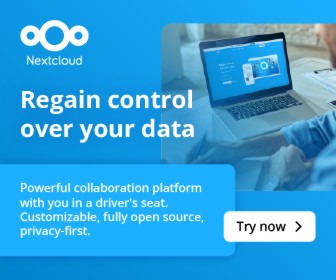

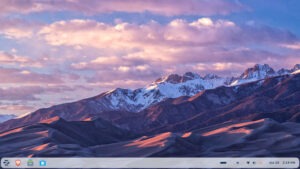
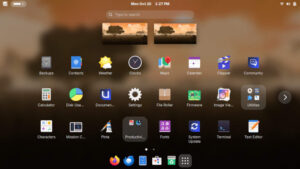





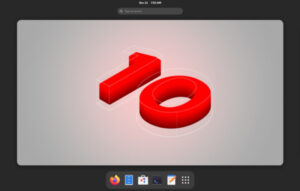
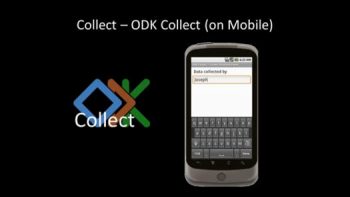
RE: SourceForge launches Speed Test
Obviously one has to allow javascript from a 3rd party site, in order for this test to work, because simply allowing javascript from Sourceforge doesn’t. So as far as I’m concerned it’s a no go.